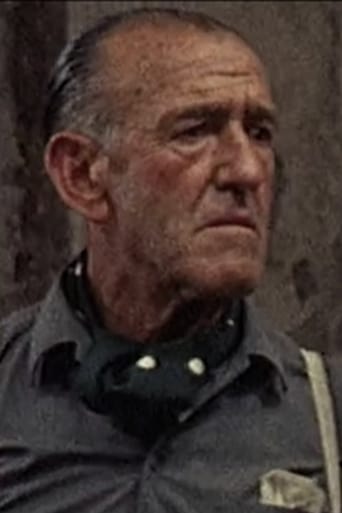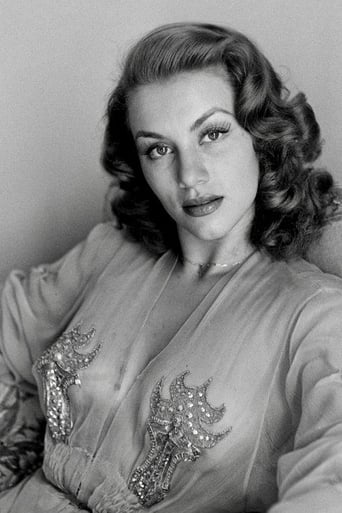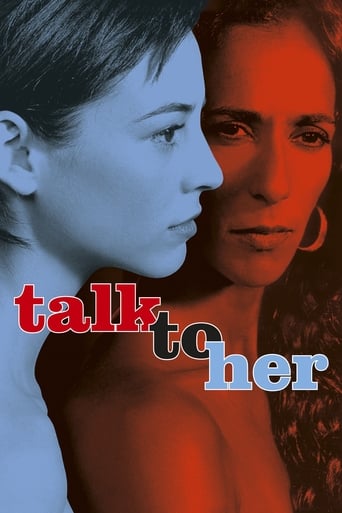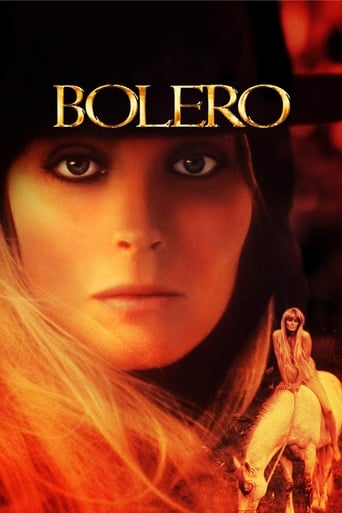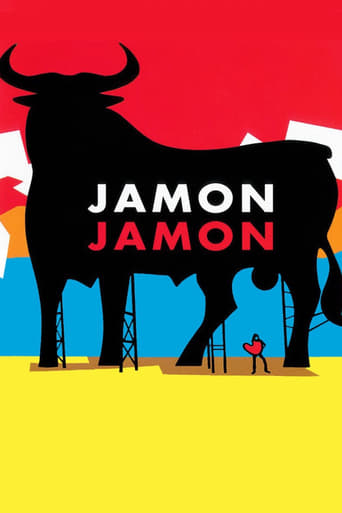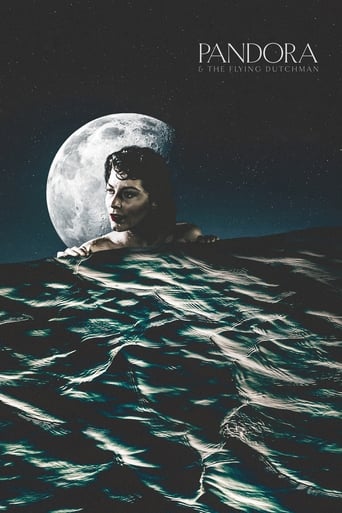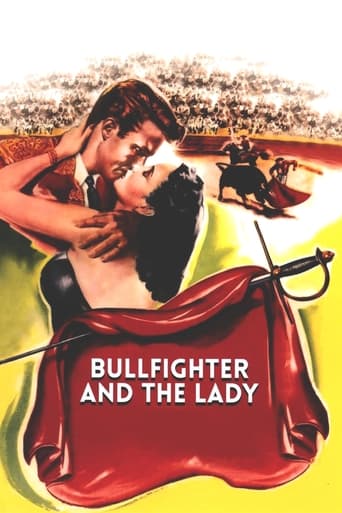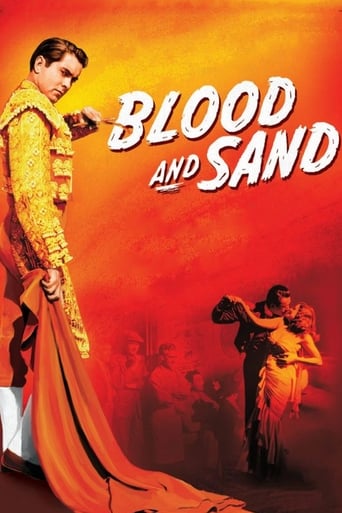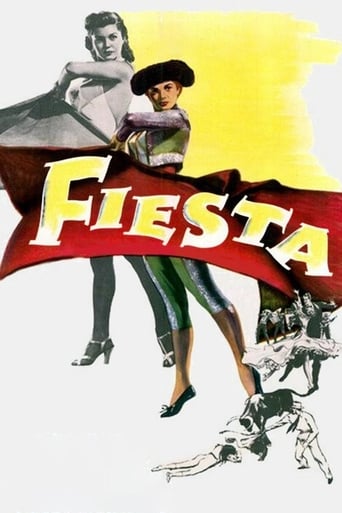
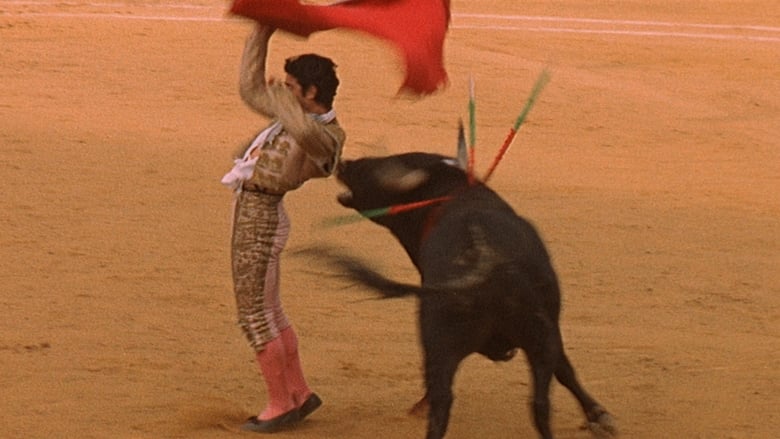
The Moment of Truth (1965)
Miguel, a poor young man living in Franco's Spain becomes a bull fighter to escape starvation.
Watch Trailer
Cast
Similar titles
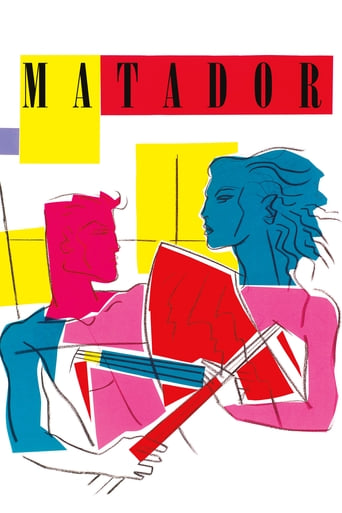
Reviews
Crappy film
This is one of the few movies I've ever seen where the whole audience broke into spontaneous, loud applause a third of the way in.
The film never slows down or bores, plunging from one harrowing sequence to the next.
An old-fashioned movie made with new-fashioned finesse.
This splendid picture concerns the rise and fall of a known Torero , Miguelin (Miguel Romero 'Miguelín') , inside and outside of the bullfighters ring . At the beginning he flees from his impoverished countryside origin , Jaen , for the broader horizons of the big city . This is a good film about a young who emigrates to big town , Barcelona , like many others ; however , he finds exploitation and hardworking ,and finally he gets his dream : to be a successful bullfighter . At the same time it deals with Spanish-style bullfighting , it is called Corrida De Toros (literally "running of bulls") or la fiesta ("the festival").Neo-realist yarn talks about a young peasant goes to big city to achieve great success as matador . Along the way he finds distresses , penury and hard as well as part-time jobs . The flick deals with the relationship between man and society , between man and glory hunger . It describes the hardship existences of lower classes on countryside as well as big cities where a lot of people working for nothing in short wages and precarious works . Director Francesco Rosi attempts to reflect Spanish life of the past sixties , including social habits , as there appears ¨Holy Week¨ Procesiones , religious parades , San Fermin parties , Flamenco dancing , among others . Evocative and sensitive original musical score by Piero Piccioni and atmospheric songs of Saetas , Andaluz Cante , Flamenco and religious music . Colorful cinematography by Pasqualino De Santis , though a perfect remastering being necessary . The film gives a real description about ¨Bullfighting¨ art , as the bull is released into the ring, where he is tested for ferocity by the matador and Banderilleros with the magenta and gold Capote ("Cape"). This is the first stage, the Tercio de Varas ("the lancing third"). The matador confronts the bull with the Capote, performing a series of passes and observing the behavior and quirks of the bull . Next, a picador enters the arena on horseback armed with a Vara (lance). In the next stage, the Tercio De Banderillas ("the third of Banderillas"), each of the three Banderilleros attempts to plant two Banderillas, sharp barbed sticks, into the bull's shoulders . In the final stage, the "the third of death" , the matador re-enters the ring alone with a small red cape, or Muleta, and a sword .The motion picture was well directed by Francesco Rosi . Francesco Rosi was born (1922) in Naples , Campania, , location where he often shoots his films . Rosi is a very good Italian filmmaker whose themes are always more or less the same : the relationship between man and society , between man and power . Most of his films deal with controversial issues and have political messages . It includes terrorism issues , political murders , Mafia and policy . He tried to reflect a little of Italian life of the past fifty years , using Italy as the context ,all the problems that come from the oppression of people by power , whether it's economic power , military power , political power, or the power of the Mafia . Rossi was a writer and director, known for ¨Salvatore Giuliano¨ (1959) , "Hands Over the City" (1963), ¨Case Mattei¨ (1972) , ¨Lucky Luciano¨ (1973) , "Illustrious Corpses" (1976) , Carmen by Bizet (1984) , "Chronicle of a Death Foretold" (1987) and ¨Truce¨ (1997) .
First things first: this isn't an easy film to watch, unless you enjoy bullfighting. A significant portion of Moment of Truth's running time consists of man on livestock action, and it ain't pretty. The blood runs very, very red, and there's more shed here than in the entire Saw franchise. With that out of the way, it must be said that not only is this an interesting film about a young man's rise to the top of his profession, it's also a beautifully made feature. Shot in colour and in Techniscope, Moment of Truth features terrific wide-screen compositions, both inside and outside the matador's arena. Miguel Mateo is superb as Migeulin, the tall dark and handsome country boy who trades in the family plough for a matador's finery, and it must be said that from all indications he was a real bullfighter: the filmed corridas definitely feature the lead engaging in battle against bulls.
This is not a movie about bull fighting .This is a movie which depicts bygone days ,when Spain was under a dictatorship and if you did not want to starve ,you had two possibilities: either become a bull fighter-remember this line :" who was Manuel Benitez before he became El Cordobes?/He was like us,he was starving" or a flamenco singer (The most famous was Joselito Jimenez ).Miguel,a peasant ,leaves the impoverished country for the broader horizons of the town like many others .But poverty awaits on them all,and he realizes he's working for nothing.Then he tries to become El Cordobes .It's the rise and fall of a bull fighter in the sixties,but once again,even if the bullfights are well filmed (if you like this kind of show,personally,I don't) the main thing is the depiction of Spanish life at a time when Western Europa's economy was expanding rapidly,leaving-temporarily- Spain and Portugal by the wayside .The best scene which perhaps sums up the whole movie is Miguel's return in his old home ,when his brand new car belts along the road across the fields where animal traction remains.Even if Miguel became a rich man ,he would never be part of the folks on the hill;during the party,these posh people have not the slightest idea of the risks their "idol" has to take.That a Spanish director would have been allowed to film such a subject was unthinkable ;it's one of Italian Francesco Rosi's most overlooked movies along with "Uomo Contro" .People generally know much better such movies as "Salavatore Giuliano" "Il Caso Mattei" "Cadaveri Eccelenti" or " Cristo Si E Fermato A Eboli" .His admirers could do worse than give a chance to "Il Momento Della Verità".Rosi does not forget the prominent part played by religion .The movie begins and ends with this procession during The Holy week with its hooded penitents .The people seem imprisoned in these celebrations which frame the movie like safeguards.The main character does not appear in the first ten minutes .A short scene shows the bull fighter praying Virgin Mary before his last Corrida.
To make a good movie about bull fighting one should first contract a great matador: and Miguel Mateo Miguelin could hardly be braver or more graceful. I saw the movie despite my modern distaste for that ahem sport: and was at least semi-converted. In ancient northern religions, with their male animal gods, the animal god presents himself to the people to be ritually slaughtered. The ritual must be beautiful. The ritual must be risky: potentially fatal for the killing-man-priest as well as for the animal-god. Migueline shows how it's done when it's done right.
